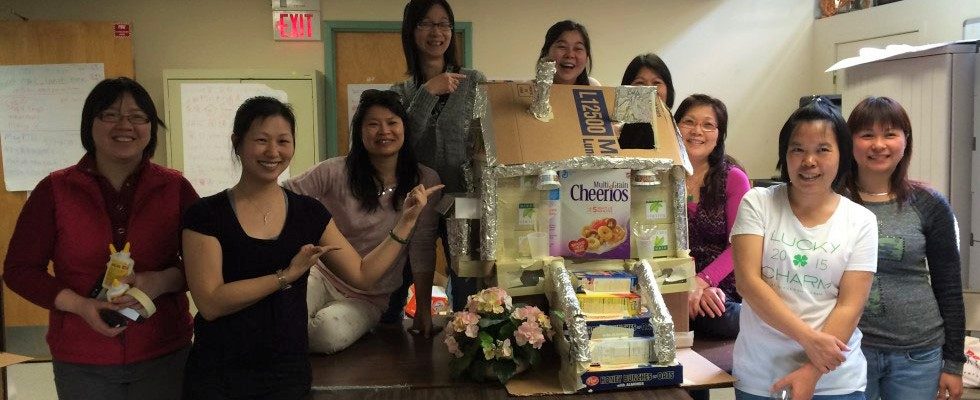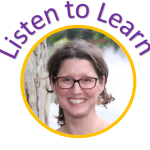Click on the circles for more details.

Home-School Connections (HSC) in the RISE project “flip the script” on our traditional notions of family engagement, by seeking to bring children’s out-of-school contexts into classrooms. By building respectful two-way relationships between teachers and families, teachers come to understand and support families’ unique contributions to their children’s learning. Thus, in the RISE approach to family engagement, the home-to-school flow of information is just as important as the school-to-home flow of information.
In their own voice, Head Start parents and staff share their experience with RISE’s Home-School Connection approach:
In the RISE project, teachers consider different ways to engage with families so that their STE curriculum builds on the everyday knowledge, expertise, and resources that families have and are eager to share as a way to make curriculum more relevant and more meaningful for their children. A critical goal of RISE is to provide educators with concrete tools and strategies to learn from families and build on children’s familiar knowledge. With RISE teachers and coaches, we summed up the RISE home-to-school approach in the following ways, as illustrated in the figure above.
First, observing, talking with and listening to children can give teachers important information about their out-of-school lives that teachers can then build upon in their curriculum. Teachers can do so by asking questions during the morning meeting, through a formal structure such as “Question of the Day,” or by informally observing and listening while children engage with play and learning activities throughout the school day.
Another way teachers can learn about children’s familiar knowledge is indirectly. For instance, going on neighborhood walks is a great way for teachers to learn indirectly about what families experience and what children have access to every day. A teacher could ask parents or community members to identify salient routes in the neighborhood that children travel daily by foot, car, or public transport. They could take photos along those routes to learn how rich children’s communities are with natural STE learning opportunities. They could take note of environmental features, such as the natural and/or human-made landmarks, and other features of the community, such as local grocery stores, community centers, and the like. In this way, teachers are actively learning about the richness and the natural resources in children’s communities.
Finally, teachers can learn directly from family members about children’s familiar knowledge. The RISE project introduced three different ways to do so: (1) joint activities, (2) parent-teacher discussion groups, and (3) observations during home visits. Joint activities allow teachers and parents to work together toward a shared goal as equal partners, which also provides an opportunity to listen to and better understand each other while working together. Parent-teacher discussion groups are a way to engage in non-hierarchical discussions about topics related to the family’s culture and context. Lastly, home visits provide an opportunity to observe natural opportunities for curriculum connection by taking notice of familiar objects children have access to at home, to learn what else is familiar to them (e.g., their favorite activities to do, people they are with, and places to go in their home, neighborhood, or community). Again, these are the various ways that RISE teachers have accessed families’ funds of knowledge and information about children’s everyday experiences with STE directly.
